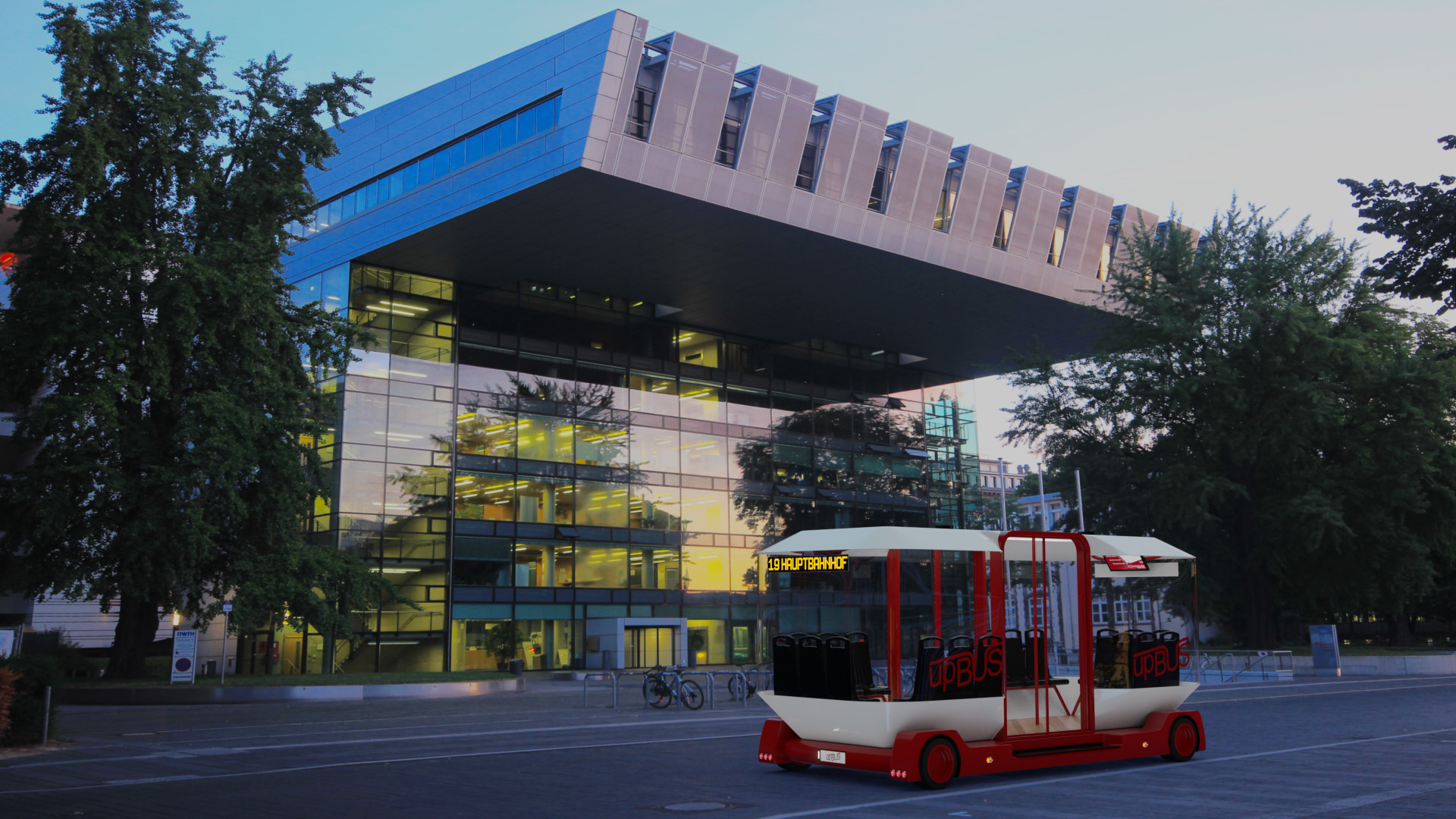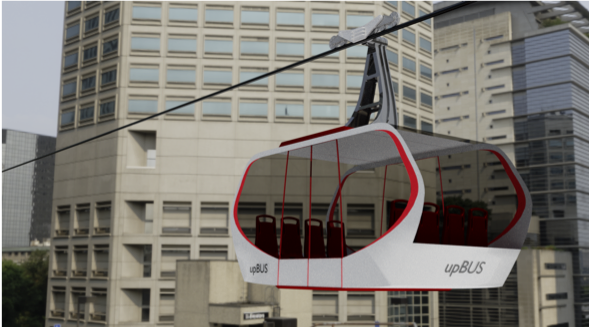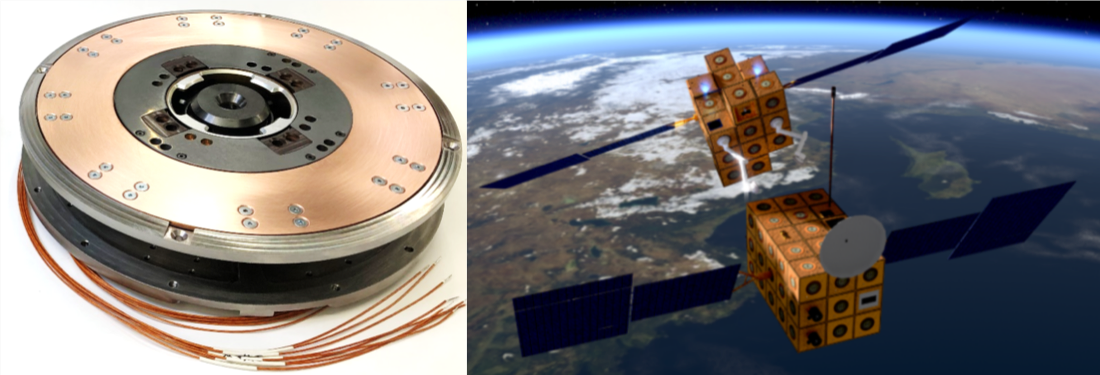
we make traffic suck less
What is upBUS
The increasing global urbanization and the use of private vehicles are leading to a critical situation in terms of environment and life quality. Only a fundamental change in the way we conceive urban mobility will effectively solve this condition. For us, this change must consist in a new transportation concept which makes use of the space above the ground to bring passengers to their destination.
The key to implementing an efficient urban mobility above the ground cannot be the development of small air taxis. Such vehicles have a very low seating capacity and merely shift traffic congestion from the ground to airspace. In addition, they are characterized by a high energy consumption and by considerable noise levels. Unlike air taxis, aerial ropeways offer many advantages: high seating capacity, short construction time, low operational costs, environment-friendliness and extremely low noise levels. However, aerial ropeways are still not widely used in urban spaces, greatly due to cityscape-related aspects.
With upBUS, we offer a perfect multi-modal solution for a ground and above-ground mobility. This is achieved by combining two different systems into one: autonomous electric-powered minibuses and aerial ropeways.
By creating a hybrid vehicle, upBUS tackles the drawbacks of aerial ropeways and increases their flexibility and applicability.
The main component of the upBUS vehicle is a passenger cabin, which is coupled either to a ground module or to the suspension of an aerial ropeway. In this way, the vehicle works as a minibus or as a gondola. The passenger cabin switches from one operating mode to the other without forcing the passengers to get off the cabin. This creates completely new possibilities for the optimization of urban transportation.
The coupling of the passenger cabin is possible thanks to a worldwide unique automatic interface mechanism, which transfers mechanical loads, electric current and data. In addition, upBUS is developing a special sensor system which enables an automatic and fluent transition between the two operating modes.
The first test drive of a technology demonstrator will take place by the end of 2020. We will continue to work hardly in order to ensure the completion of an upBUS prototype which will carry passengers for the first time by 2023.
autonomous driving
upBUS nutzt die Vorteile der fortschreitenden Elektrifizierung und Automatisierung von Straßenfahrzeugen. Durch die Entwicklung und Verbesserung von Technologien in den Bereichen Steuerung, Sensorik und Elektromobilität sind in letzter Zeit autonome Elektrofahrzeuge wie Kleinbusse als weiteres Mobilitätskonzept entstanden.
urban ropeways
Seilbahnen zeichnen sich durch kurze Bauzeiten ohne Verkehrsbehinderung, geringe Investitions- und Betriebskosten, einen minimalen Platz- und geringen Energiebedarf sowie eine enorme Flexibilität bei der Wegeführung aus. In den letzten Jahren wurden schon vermehrt Seilbahnen im urbanen Raum eingesetzt, bisher allerdings lediglich als Insellösungen.
upBUS
upBUS ist ein hybrides Mobilitätskonzept, bei dem ein Fahrzeug zwischen einer Luftseilbahn und einem autonomen Busbetrieb wechselt. Im Gegensatz zu einer herkömmlichen Verbindung zwischen einem Seilbahnsystem und bodengestützten Systemen wie Bussen, bei denen die Fahrgäste aussteigen müssen, können die Fahrgäste beim Hybridfahrzeug in der Kabine bleiben.
Our Components
The driving module
It is planned to have the driving module designed and produced by a car manufacturer. This will be done external since there are complicated registration issues. The driving module contains the batteries, the electric motor aswell as all other necessary components.

The gondola
Die Fahrgastzelle besteht aus einer Primär- und einer Sekundärstruktur. Die Primärstruktur setzt sich aus einem Dach- und einem Bodenrahmen sowie aus vier schrägen Trägern zusammen, die den Dachrahmen mit dem Bodenrahmen verbinden. Durch die Schräglage der Träger wird der Kraftfluss im Seilbahnbetrieb auf eine möglichst günstige Art und Weise vom Gehänge auf die Tragstruktur übertragen. Die Sekundärstruktur dient zur Befestigung der Verkleidungselemente der Fahrgastzelle einschließlich Verglasung.
The passenger cabin

The interface
Most transmodular mobility concepts are prevented by the lack of a highly autonomous and redundant interface. The iBOSS-Space-Interface meets these exact requirements. It is redundant designed, works highly autonomous and is able to transmit the mechanical forces aswell as electrical energy. The development and testing of the interface was mainly done by employees of the SLA.


